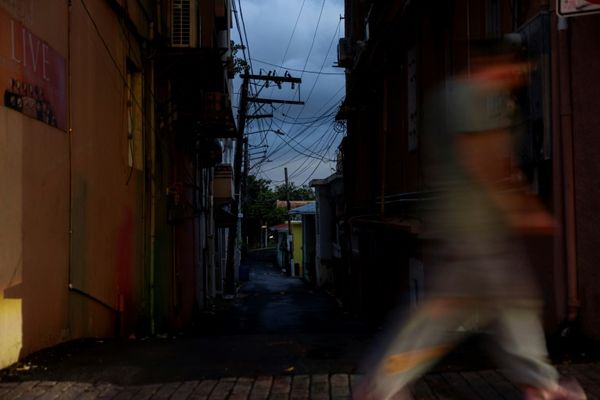
The social and economic strain caused by COVID over the past few years has resulted in a massive spike in the number of young people at risk of homelessness, and none have been more highly impacted than young Aboriginal people.
The number of young Aboriginal people at risk of homelessness is stark. At the start of COVID, there were 6668 Aboriginal children in out-of-home care in NSW; that’s 40% of the total number of young people at risk of homelessness. And that number is projected to double by the year 2030, despite Aboriginal people only comprising 3% of the population.
The challenges around young Aboriginal people at risk of homelessness are unique and need to be treated differently due to the history of dispossession and separation of families in the past. Connection to culture needs to be front and centre in a way it hasn’t been before.
Where possible, we need to help alleviate the situation at home and to place young people within an extended family situation. Where that’s not possible, we need to set up housing for these young people so they can access Aboriginal staff and mentors, and learn life skills and knowledge of their own culture.
The wave of young people living in crisis and needing support is hitting up against capacity constraints in housing, staff and government support being cut off before young people have healed and learnt the skills they need to succeed in life. During COVID, the broader youth homelessness sector experienced a flood of enquiries — in some areas a tripling of young people seeking help — and sadly had to turn young people away due to a lack of housing stock and support staff.
The eve of an 18th birthday is a moment of celebration and excitement for most young people, as they ponder what their future may look like, but for young people in New South Wales at risk of homelessness, it is a period of trepidation. They know that government support is about to run out, and that they will be forced to fend for themselves without being equipped with any support or life skills. The situation is significantly worse for young Aboriginal people.
What is needed are culturally tailored solutions that address the specific needs of young Aboriginal people at risk of homelessness.
Some youth homelessness care providers, like Stepping Stone House (SSH), are aiming to match the housing they devote to young Aboriginal people to reflect the reality on the ground. SSH has purchased a house, funded two identified Aboriginal positions, and provided cultural support and mentors for staff and clients. The board and staff have had cultural awareness training. This is the type of support young Aboriginal people need to get back on their feet.
But finding housing in this market is no mean feat. We need the government to prioritise building social and dedicated homes.
The other issue that needs addressing is finding Aboriginal staff to run houses with young Aboriginal people, and to create an environment that will help young Aboriginal Australians heal, learn practical and cultural skills, and live their best lives. Skills funding and training for Aboriginal youth workers is a priority area if we are to avoid damaging another generation of young Aboriginal people.
But it can’t just be about triage in an emergency situation. While food and shelter are important, they are the only foundation on top of which we need to provide wraparound counselling support services to help young people — as well as practical skills training, Aboriginal mentorship and networks, and cultural knowledge — so that when they do leave, they have the practical skills, cultural connections, and emotional support to help them thrive.







